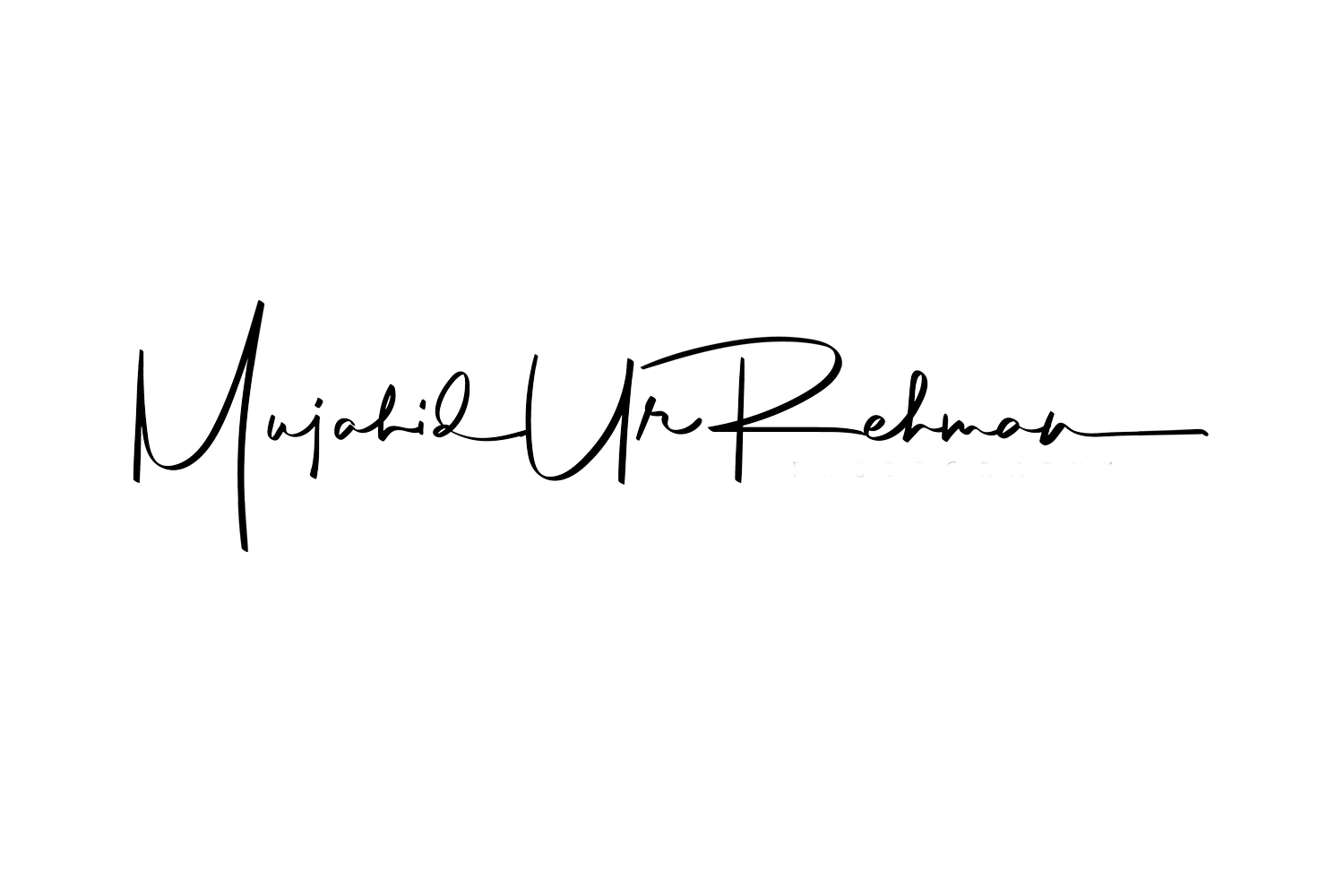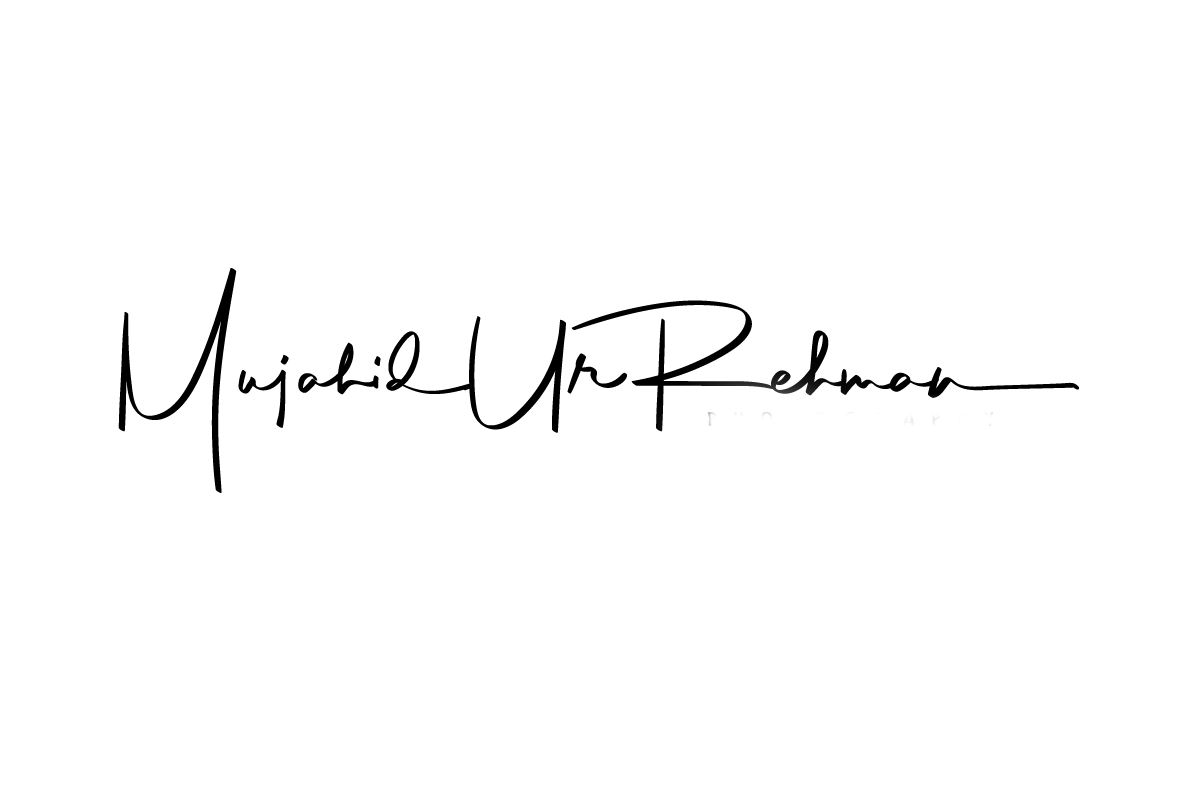Review of Sigma 24-70mm f/2.8 DG DN Art Lens for Sony E – Mirrorless Lens
I've been using the Sigma 24-70mm f2.8 Art lens for Song E-mount system for over four months now. I have shot a few video projects with it and taken pictures in the field as well. I primarily bought it for my video work, but who says it is designed for that only? I am not a very technical person when it comes to lenses and cameras, so this review is going to focus on it from a user point of view which I hope you'll find useful.
This is a native lens
Note that you don't need any adapters to mount this lens on Sony E mirrorless cameras.
Maximum and Minimum Aperture: f2.8 and f22
It is remarkable that you get a constant aperture with this lens at any focal length. For professional video and photography work, I find that extremely useful. For my portrait work, I prefer shooting at f2.8 and f4, and the because I can do it at any focal length, I love using this lens.
Focal Length Range: 24-70mm
24 to 70 is an extremely versatile range. For me, 24-70mm forms part of mid-range lenses category. 16-35mm for landscape photography is a wide angle and it can be a bit too wide sometimes. I often find myself in situations where I don't want 70mm or above, nor do I want the width of 16mm. 24-70mm is that sweet range where most of landscape photographers like to take photos as well. If you want to do portrait photography with this lens, do not fear and shoot away at any focal length. With 16-35mm lenses, I am always cautious of where I put my human subject because barrel distortion can elongate or stretch their body shape. With this 24-70mm lens, I can shoot at any focal length without that fear. For video work, I find this focal length useful as well, with my recent travel videos that I made, I only used this lens.... almost 100 percent of the times.
Weight: 830 grams
This is not a light weight lens. If you are walking long distances or hiking, you need to make a careful choice as far as weight goes. Also, if you are using a gimbal for your video work, you need to find out if the gimbal is going to hold the weight of your camera and lens together. My gimbal just takes the weight of it and if I don't balance my gimbal properly, the gimbal shakes badly because it struggles to balance automatically with this amount of weight. Make sure you have a nice and sturdy tripod to use with this lens.
Length: 12,49 cm
The length of this lens is not small either, with my Sony Alpha a7III, the total length of camera body plus the lens is quite a bit. The whole setup becomes heavy especially if you are using a gimbal for video work. Do I see that as an advantage? Well yes or no. You get tired quickly when using a gimbal and trying to have a firm body stance, that's for sure, but at the same time for handheld video and photo shots, it feels very stable and steady in your hand. The fact that the lens doesn't have stabalisation feature built in, its weight becomes an advantage when doing handheld slow motion style video shots.
Filter Size: 82mm
You can mount circular filters on it or a filter holder system such as NiSi Filters.
Look and Feel
The lens looks solid and feels solid. It has weather sealing and it feels nice and chunky in the hand. The rubber rings for focusing and zooming are big with an extremely nice grips. At any moment of using this lens, you don't feel like using a plasticy lens that is unreliable. You can switch between auto focus and manual focus, and also lock the lens's zoom in and out function using two buttons on the lens.
Minimum Focusing Distance: 18-38cm
I find it extremely useful that you can focus as close as 10cm with this lens. In my video work, I find myself in situations when I want to focus closely on people, and slowly pan out in slow motion, and focusing in that closely really helps with that because you can see the intensity and emotions on the faces of the people.
Auto-focusing, especially when taking portraits
I've been extremely satisfied to see my results of video and still photography with this lens. The images/video have been extremely sharp. The lens, because it is native, works seamlessly with the Sony cameras and helps the camera focusing right on the eyes of the subject in no time. I faced no problems whatsoever while doing portrait photography in the streets of Rawalpindi, Pakistan. Here are a few samples, click them to view large:
Manual Focus
The focus ring works like a boss. It is big, it has a nice grip and with just an extension of my finger, I was able to move it smoothly like butter and focus manually during my projects.
Lens Flare
I shot directly into the sun at various focal lengths and aperture values, and I got quite a lot of small amounts of spots here or there. I also got some big flares which I didn't like.
Depth of Field
The quality of images produced by this lens is great. For landscape photography, I shot at various aperture values at 24mm, I couldn't really tell the difference between f9, f11 and f13 as the images were sharp and offered great depth of field from back to front. However, I could tell that at f16 the far away mountains and objects in the middle ground got a tiny bit soft. However, I can't really show it to you on screen here as the difference was extremely subtle. Here are images at various aperture values, click them to view large.
Price Comparison
After reading and watching technical reviews of this lens, that last thing that convinced me to buy this lens was the price factor. The Sony equivalent of this lens, Sony FE 24-70mm f/2.8 GM Lens, at the time of writing this blog is 2100 USD. The price of this Sigma Art lens however is 1099 USD. This lens is half the price of Sony and it does an excellent job.
Should I buy it?
Buy it for landscape photography if you are looking for a mid-range lens. It offers great depth of field and has a versatile range.
Buy it for portrait photography, it works seamlessly with Sony e cameras and there are no delays whatsoever when you are trying to capture people in action or otherwise
Do not buy it for vlogging. It is very heavy, it will kill your arms
Make a conscious choice of buying it if you are constantly hiking or walking with a lenses that are/can be heavy
Buy it if
You are looking for a solidly built weather resistant lens
you want shallow depth of field in your photography like f2.8
you like to focus on close objects in your landscape photography
you like to do night photography
you need flexibility with the focal length
you cannot afford to buy the Sony equivalent
Muji















